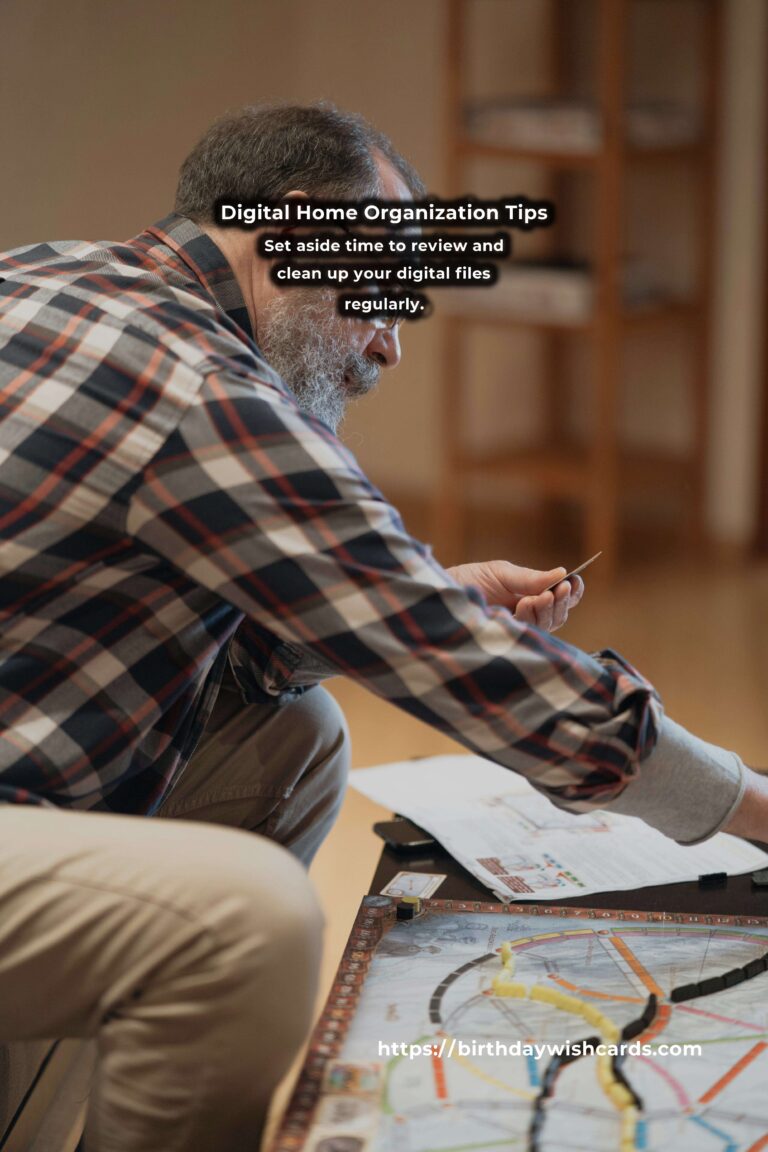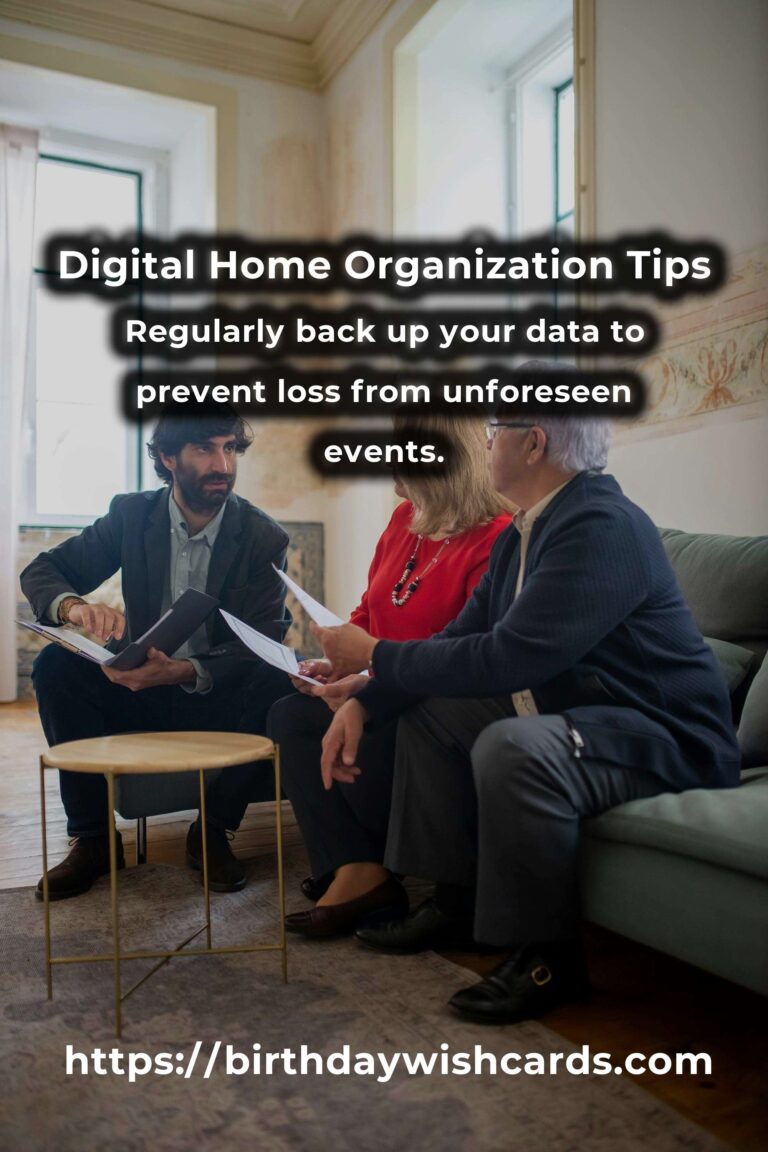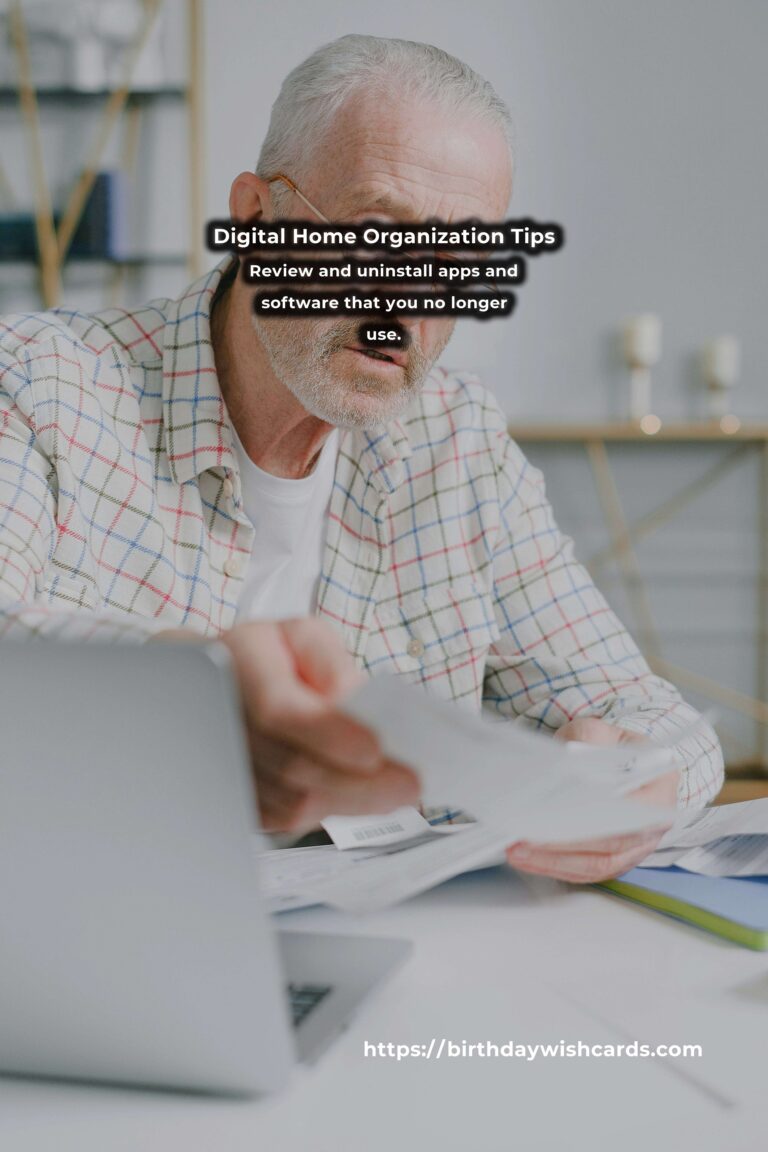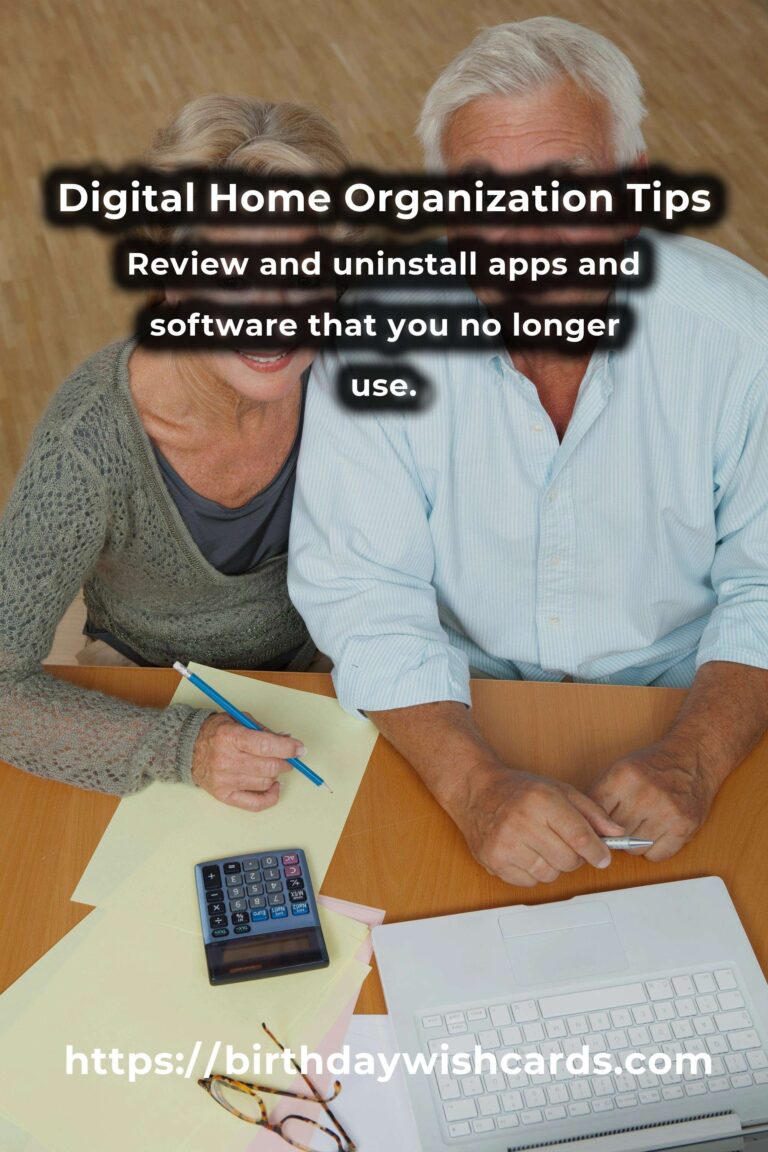
In today’s digital age, our homes are not just cluttered with physical items but digital files as well. Managing digital clutter is essential for maintaining productivity and peace of mind. Here are 27 tips to help you organize your digital home effectively.
1. Declutter Your Desktop
Start by cleaning up your desktop. Remove unnecessary files and organize the remaining ones into folders. A clean desktop is visually appealing and helps improve your focus.
2. Create a Digital Filing System
Develop a filing system that mirrors your physical file organization. Use folders and subfolders to categorize files by type, importance, or project.
3. Use Cloud Storage
Utilize cloud storage services such as Google Drive, Dropbox, or OneDrive to store and back up essential files. This ensures easy access and protection against data loss.
4. Regularly Back Up Data
Set up automatic backups for your devices. Regular backups prevent data loss from unforeseen events like hardware failures or cyber-attacks.
5. Clean Your Email Inbox
Unsubscribe from unnecessary newsletters and organize emails into folders. Use labels and filters to manage incoming emails effectively.
6. Manage Passwords Securely
Use a password manager to store and organize your passwords securely. This reduces the risk of forgotten passwords and enhances online security.
7. Utilize Digital Note-Taking Tools
Applications like Evernote or OneNote help organize notes digitally. They offer features such as tagging, searching, and easy access across devices.
8. Organize Photos and Videos
Regularly sort through your photos and videos. Delete duplicates and use cloud storage for easy access and sharing.
9. Streamline Apps and Software
Review and uninstall apps and software that you no longer use. This frees up space and reduces digital clutter.
10. Set Up a Digital Calendar
Use digital calendars to manage appointments and reminders. Sync them across devices to stay updated on the go.
11. Manage Social Media Accounts
Organize your social media by unfollowing inactive accounts and managing privacy settings. Use tools to schedule posts for better time management.
12. Optimize Browser Bookmarks
Regularly review and categorize your bookmarks. Use folders for easy navigation and remove outdated links.
13. Use Task Management Tools
Tools like Todoist or Trello help manage tasks and projects effectively. They offer features like deadlines, priorities, and collaboration.
14. Maintain a Clean Download Folder
Regularly clear your download folder of unnecessary files. Organize important downloads into appropriate folders.
15. Implement a File Naming Convention
Use consistent naming conventions for your files. This makes searching and organizing files much easier.
16. Limit Digital Subscriptions
Review and manage your digital subscriptions to avoid unnecessary expenses and clutter.
17. Set Up Routine Maintenance
Schedule regular maintenance for your devices. This includes software updates, virus scans, and cleaning up digital clutter.
18. Utilize Automation Tools
Automation tools can help streamline repetitive tasks. Use them to improve efficiency and reduce digital workload.
19. Organize Your Music Library
Sort your music library by genre, artist, or mood. Use music streaming services to access a wider range of songs without cluttering your device.
20. Create a Digital Budget
Use financial management apps to track expenses and budget digitally. This helps in managing financial goals effectively.
21. Optimize Your Device Settings
Customize device settings to improve functionality and ease of use. Turn off unnecessary notifications to minimize distractions.
22. Use Collaboration Tools
For team projects, use collaboration platforms like Slack or Microsoft Teams. They offer features for communication, file sharing, and task management.
23. Regularly Review Digital Files
Set aside time to review and clean up your digital files regularly. This prevents accumulation of unnecessary data.
24. Secure Your Digital Privacy
Ensure that your devices and accounts are secured with strong passwords and two-factor authentication.
25. Utilize Digital Learning Platforms
Platforms like Coursera or Udemy offer courses to enhance skills digitally. Organize your learning schedule to make the most of these resources.
26. Minimize Digital Distractions
Use apps that block distracting websites and notifications during focused work sessions.
27. Encourage a Minimalist Digital Lifestyle
Embrace minimalism in digital life by keeping only essential apps, files, and subscriptions. This promotes a cleaner and more efficient digital environment.
Implementing these tips can greatly enhance your digital home organization, leading to increased productivity and a more peaceful digital life.
In today’s digital age, our homes are not just cluttered with physical items but digital files as well. Develop a filing system that mirrors your physical file organization. Regularly back up your data to prevent loss from unforeseen events. Use a password manager to store and organize passwords securely. Review and uninstall apps and software that you no longer use. Set aside time to review and clean up your digital files regularly.
#DigitalOrganization #HomeOrganization #Productivity #DigitalClutter #TechTips













